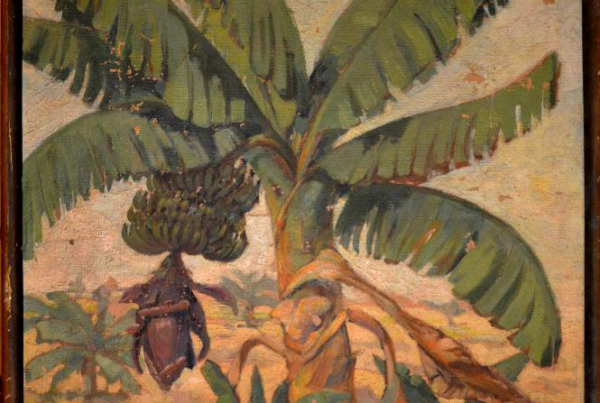by Pu, H. and Wang, X.
ABSTRACT
The environment in which cultural relics are preserved is an important factor that determines whether it has deteriorated, what kind of deterioration has occurred, and to what extent. By studying the causes and mechanisms of environmental changes in the natural environment within China, it is possible to infer the state of undiscovered heritage and formulate subsequent conservation and excavation plans, and this experience can also be used in the world’s cultural relic conservation. By studying the impact of the artificial environment on cultural relics, an environmental control method can be explored in line with its protection. Starting from several common environmental factors, this paper studies the causes and mechanisms of environmental change and explores the relationship between such changes and relic status. It focuses on the impact of abrupt factors such as earthquakes, volcanoes, floods, and wars and the impact of gradual factors such as temperature, humidity, and pH on cultural heritage. Divide the abrupt environmental factors into natural factors and human activities; the gradual factors into primary natural factors, combined natural factors, and long-term human activities, and analyses the deterioration mechanism of cultural heritage under the influence of these factors and its relationship with the environment. It provides some help for the analysis, protection, and optimization of cultural relics conservation and methods from the perspective of the environment that has not yet been excavated. In addition, the analysis of the status of existing relics can also deduce changes in the historical environment, which is also helpful for the study of history.
![]()


